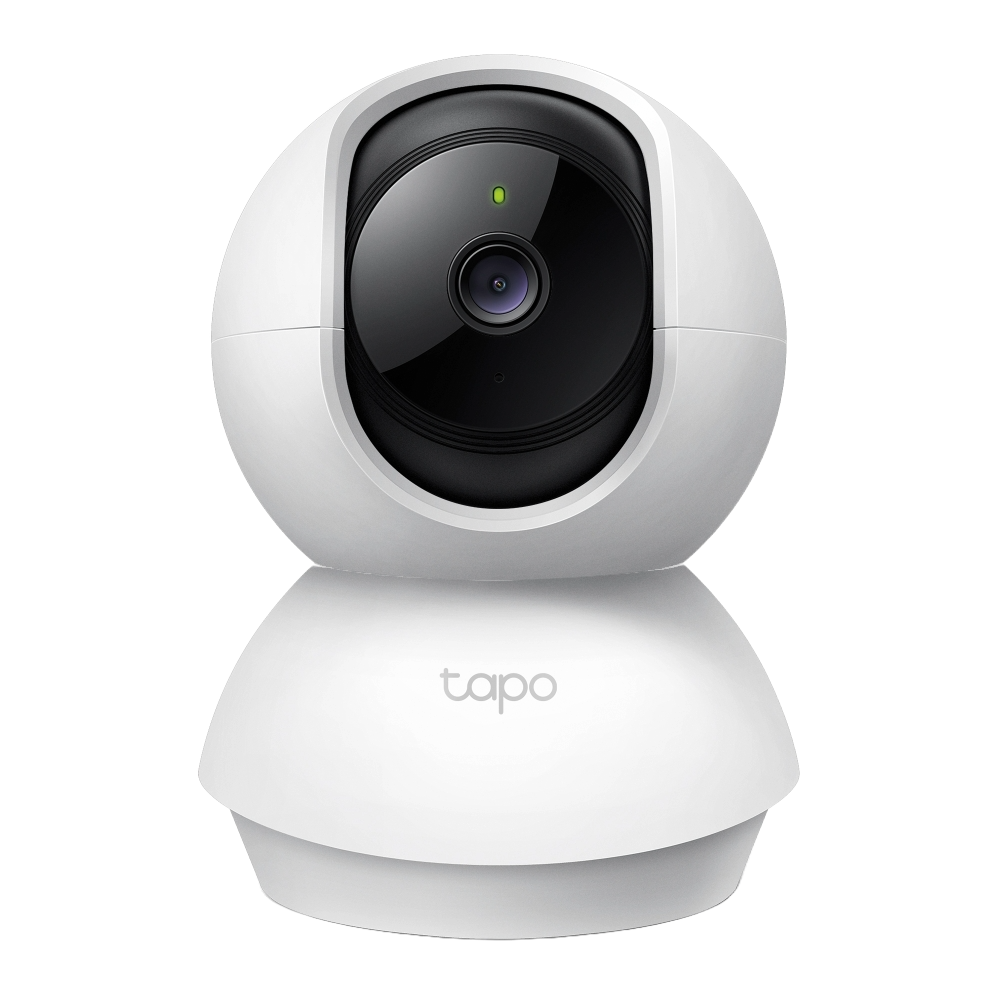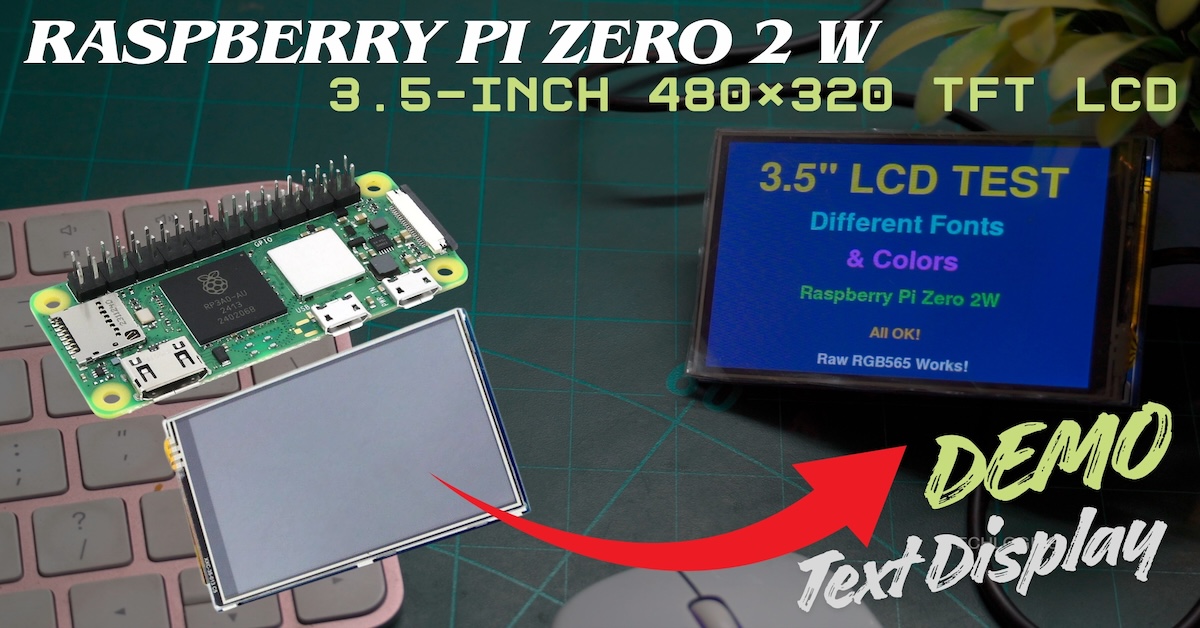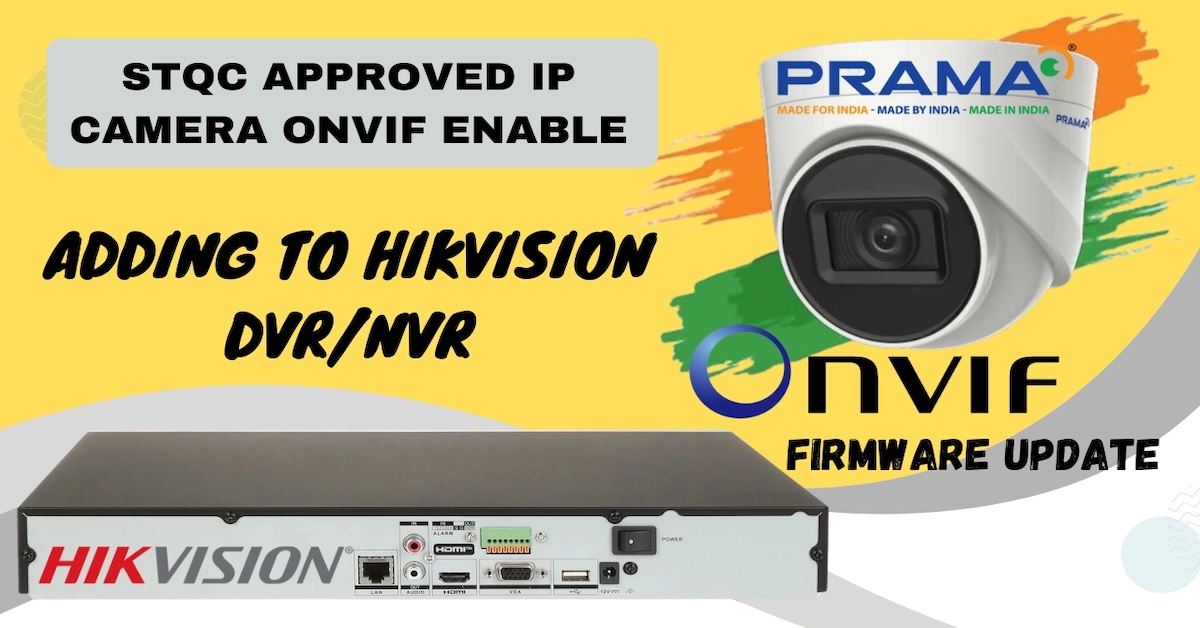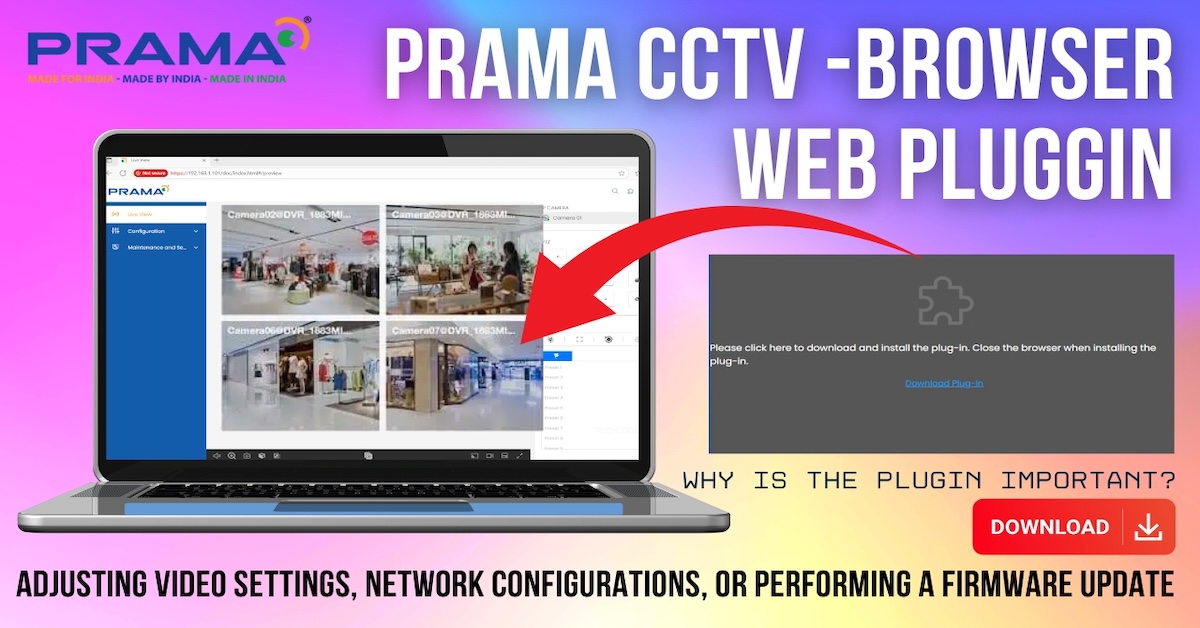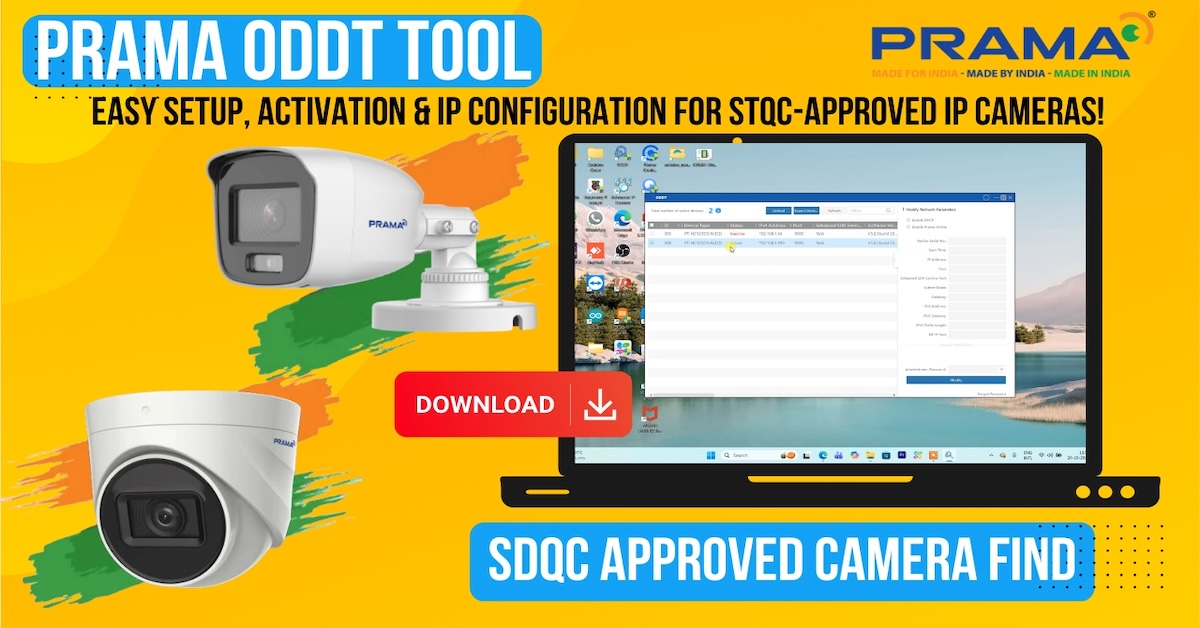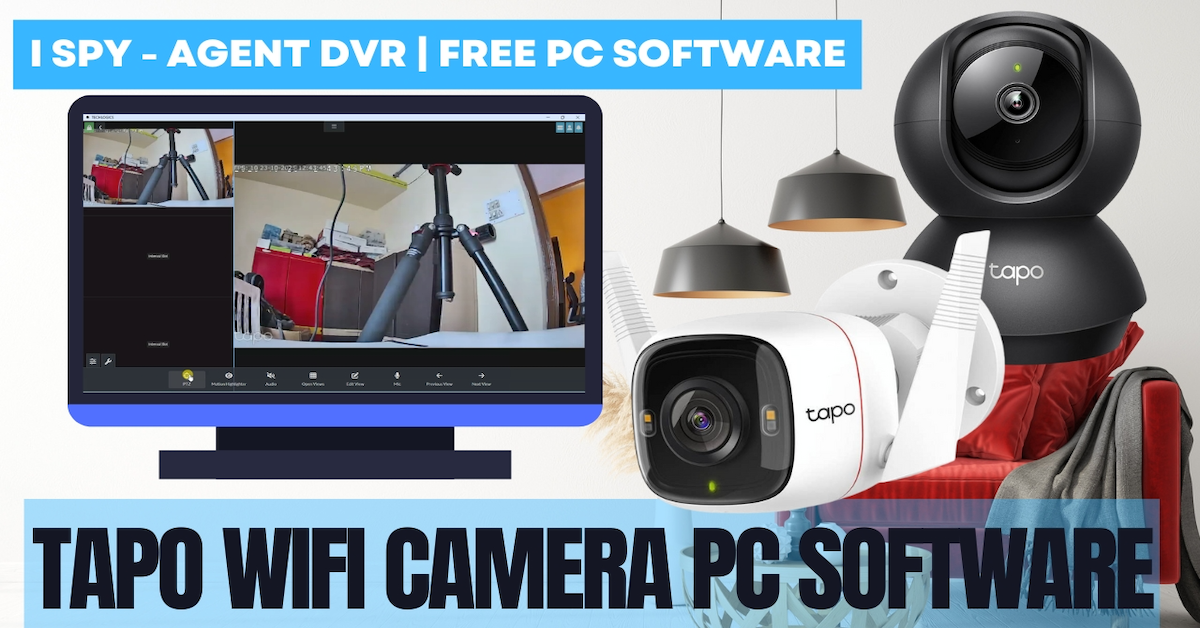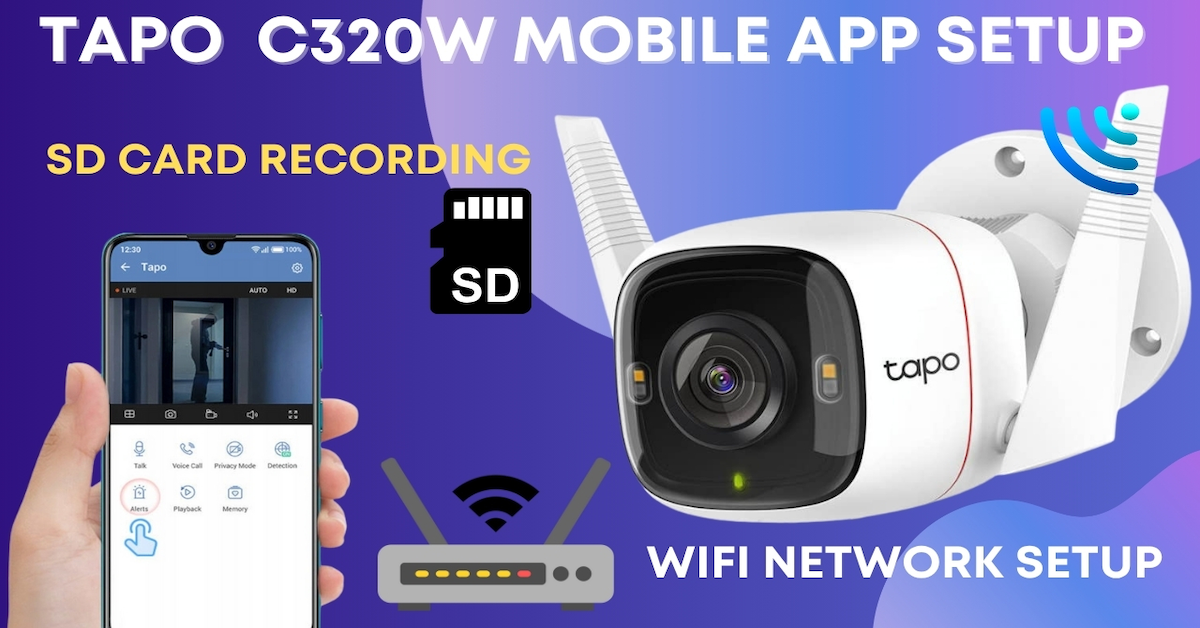Welcome to Tech Logics! In this guide, we’ll walk you through the process of connecting the Impact by Honeywell Analog Video Door Phone’s indoor screen to the door station using a Cat6 cable. Whether you’re setting this up for your home, apartment, or office, we’ve got you covered with a detailed step-by-step tutorial, complete with a wiring diagram to ensure a smooth installation. Let’s dive in!
Why Choose a Cat6 Cable?
The Cat6 cable is our top recommendation for connecting your video door phone (VDP) system. With four pairs of wires, it offers versatility and high performance:
- Two pairs are perfect for connecting the indoor unit to the door station, ensuring clear audio and video transmission.
- Remaining two pairs can be reserved for future integrations, such as locks, cameras, or sensors.
Cat6 cables are designed for stable, high-quality signal transmission, making them ideal for video door phone systems. Their robust construction ensures reliable connections and excellent signal integrity, which is critical for seamless operation.



Step-by-Step Installation Guide
Step 1: Plan and Route the Cat6 Cable
To ensure optimal performance, run the Cat6 cable in a straight line between the indoor unit and the door station. Here are some key tips:
- Keep the cable length under 70 meters to maintain signal quality.
- Avoid routing near power lines or sources of electromagnetic interference to prevent signal degradation.
- Use a PVC conduit for added protection against interference and physical damage.
A clean, interference-free pathway is essential for preserving the quality of both video and audio signals.
Step 2: Prepare the Cat6 Cable
- Cut the Cable: Measure and cut the Cat6 cable to the required length, ensuring it doesn’t exceed 70 meters.
- Strip the Ends: Carefully strip both ends of the cable to expose the individual wires. Aim to reveal about half an inch of copper for secure connections.

Step 3: Connect to the Indoor Station
Refer to the wiring diagram provided with your Impact by Honeywell VDP kit. You’ll use the included 4-pin connector to make the connections. The Cat6 cable has four pairs, but you’ll only need two pairs (orange and green) for the indoor screen-to-door station connection. The remaining pairs can be reserved for future use (e.g., locks or sensors).
Wiring Instructions:
- Red wire (Power Supply, VCC) from the 4-pin connector → Connect to the Orange wire of the Cat6 cable.
- Yellow wire (Video Input) from the 4-pin connector → Connect to the White-Orange wire of the Cat6 cable.
- Black wire (Ground) from the 4-pin connector → Connect to the White-Green wire of the Cat6 cable.
- Green wire (Audio) from the 4-pin connector → Connect to the Green wire of the Cat6 cable.

Tips for Secure Connections:
- Strip about half an inch of insulation from each wire to expose the copper for a solid connection.
- Align the wires carefully and secure them with insulation tape to prevent short circuits or disconnections.
- Insulate each joint individually, then wrap all connections together for extra protection against moisture and damage.
- Reserve the unused wire pairs (e.g., blue and brown) by wrapping them with insulation tape for future integrations.

Step 4: Connect to the Door Station
At the door station, you’ll use the other end of the Cat6 cable and the door station’s 4-wire cable. The door station cable includes three additional wires for lock integration, but you’ll only use the four wires designated for indoor screen connectivity. Insulate and store the unused wires for future use.
Wiring Instructions:
- Red wire (Power Supply, VCC) from the door station → Connect to the Orange wire of the Cat6 cable.
- Yellow wire (Video) from the door station → Connect to the White-Orange wire of the Cat6 cable.
- Black wire (Ground) from the door station → Connect to the White-Green wire of the Cat6 cable.
- Green wire (Audio) from the door station → Connect to the Green wire of the Cat6 cable.






Tips for Secure Connections:
- Strip about half an inch of copper from each wire for a reliable connection.
- Ensure proper alignment and secure each joint with insulation tape.
- Wrap all connections together with tape to protect against short circuits, moisture, and physical damage.
- Insulate and store the unused wires from the Cat6 cable and door station for future expansions.

Step 5: Power Up the System
- Connect the 4-pin Connector: Plug the 4-pin connector into the Door 1 pin on the indoor screen, ensuring a firm connection.
- Power Connection: Attach the output wire from the provided DC power adapter to the power pin on the indoor screen, following the wiring diagram for accurate placement.
- Plug In: Connect the power adapter to a power socket and turn on the VDP system.


Step 6: Test the Installation
- Power On: Ensure the system is powered up.
- Press the Call Button: Press the call button on the door station to trigger the indoor screen. You should see a live video feed from the door station.
- Test Audio: Use the indoor station’s microphone and speaker to communicate with someone at the door station. Verify that audio transmission is clear in both directions.
- Troubleshoot: If the video or audio isn’t working, double-check all connections and ensure proper insulation and wire alignment.
If everything works as expected, your Impact by Honeywell Analog Video Door Phone is successfully installed and ready for use!

Additional Features and Resources
For advanced features like SD card storage, date and time settings, or integrating locks and sensors, consult the user manual or additional tutorials provided by Impact by Honeywell. You can also check out other videos in our series for more in-depth guidance on these topics.
Final Thoughts
Connecting your Impact by Honeywell Analog Video Door Phone with a Cat6 cable is a straightforward DIY project that enhances your home or office security. By following this guide and paying attention to proper wiring, insulation, and cable routing, you’ll achieve a reliable and high-performing setup.
If you found this guide helpful, please share it with others and let us know in the comments below! Have questions or need further assistance? Feel free to reach out—we’re here to help. Stay tuned for more DIY tips and electronics tutorials from Tech Logics!
